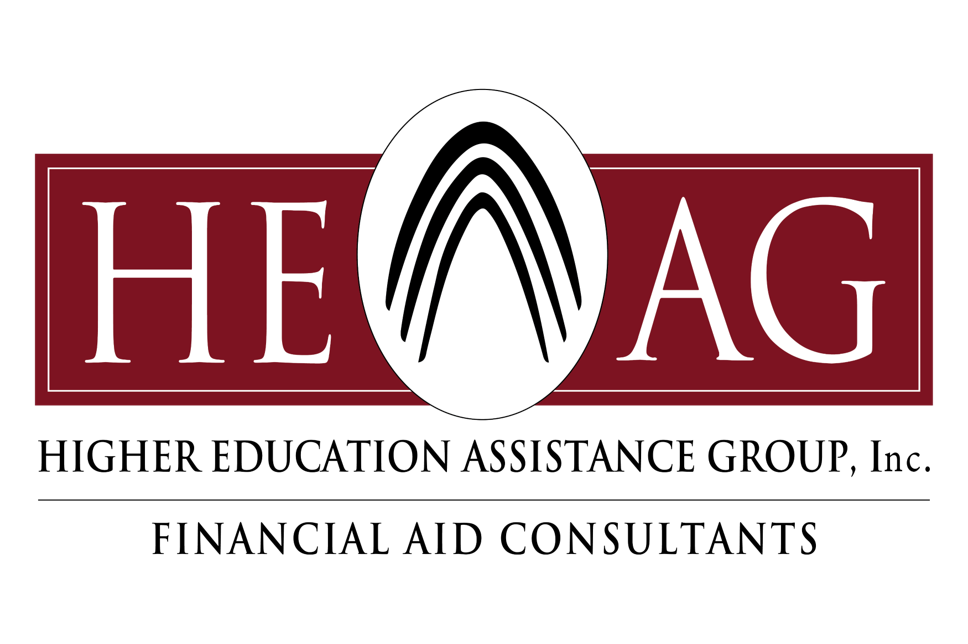The National College Attainment Network (NCAN) calculates that FAFSA filers are 84% more likely to immediately enroll in college. Students in the lowest socioeconomic quintile are 127% more likely to immediately enroll in college. NCAN also found that high school seniors who complete the FAFSA prior to graduation make more informed decisions around college enrollment and are more likely to utilize resources such as a college access advisor, school counselor or teacher. The current FAFSA completion rate is 61%, up from 57% in 2019. https://www.ncan.org/page/NationalFAFSACompletionRatesforHighSchoolSeniorsandGraduates
Steps Towards Improvement
Over the last decade, there have been significant improvements in the experience for students and their families including sharing data directly from the IRS and employing skip logic so filers are not presented with questions that are not applicable. Yet, the FAFSA remains a barrier to higher education, particularly for low-income and first-generation students. The inability to file or to file correctly means students miss out on the financial support they need to enroll.
What the National Association Thinks
The National Association of Student Financial Aid Administrators (NASFAA) makes 13 recommendations for simplifying the Free Application for Federal Student Aid (FAFSA) in its recent paper Exploring Ways to Enhance FAFSA Efficiency: Executive Summary. They are based on a 10-paper series commissioned by the Bill and Melinda Gates Foundation and written by FAFSA experts. The recommendations address several facets of the FAFSA process including:
- Making it easier to file by expanding the amount of data shared by the IRS and by eliminating questions not related to Title IV eligibility.
- Be more transparent about how responses regarding public benefits are factored and the basis on which applications are selected for verification.
- Changing the needs analysis so that financial aid administrators can understand the nuances of each applicant’s financial situation as well as replacing the term ‘Estimated Family Contribution’ to make it more clear to families the FAFSA is calculating an index rather than how much they should pay.
In an August 5th press release, NASFAA President, Justin Draeger, described the goal of this work as follows, “while reauthorization of the Higher Education Act continues to move at a snail’s pace, it’s imperative that we keep forward momentum going and use this time to ideate, discuss, and coalesce around ideas that will have meaningful impact for needy students and families for years to come. Improving the FAFSA is a vital step to give college students the support they need to access postsecondary education. NASFAA looks forward to working with lawmakers to make these recommendations a reality.”
How HEAG Can Help
Having trouble processing all of those late FAFSA applications that are rolling in right before your fall term? HEAG is here to help fill your immediate needs remotely! Please contact us at jmegargell@heag.us to discuss a work proposal.





